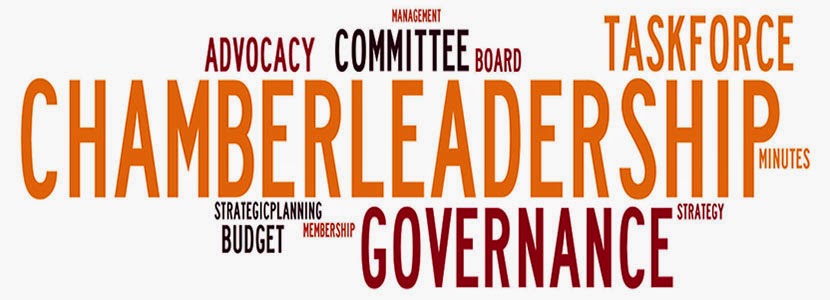This blog post is from a recent session I attended at the ACCE Annual Meeting, in Indianapolis, this year based on the title of the post.The following are my notes from Michael Johnson, Senior Director of Marketing and Communications, Greater Omaha Chamber of Commerce, and his presentation, discussion, and it is in rapid form.
What is a brand?
He said it is a collection of promises. Others will tell you it’s your reputation. When you think about it, they basically mean the same thing.
Promises vs perceptions – the audience makes the decision if the promise meets the experience/perception. This is what the brand is all about for companies.
Promise vs what we deliver? What our audience needs and wants. Where they intersect is the member value proposition.
What promises are you making? The following is based on research he did with his members and what they valued.
- Networking (in person) is number one
- Promotion and recognition
- Educational programming
- Economic development and advocacy
He went on to talk about what is your market perception with different audiences.
Prospecting audiences – small businesses, mid-cap, start-ups. What do they want from us – ask them, it’s important to know before you start your next campaign.
Motivation and participation styles – engagement vs investing in the chamber, get something through the chamber vs getting something from the chamber.
What segments are important to you and how will you slice up those audiences for membership? This is a great place to remind yourself of what types of members you want. Remember the 80/20 rule? I suggest you want to recruit folks who will fit the 20-part of the rule, they are the ones making a difference in your organizations.
The following two statements I found very interesting and something to remember in your membership campaigns. The statements can be used by your sales team when recruiting new members or bringing back lapsed members.
A chamber membership can help you and your employees to:
- Make business connections
- Grow professionally
- Stay informed
A chamber membership can help your company to:
- Be recognized
- Build reputation
- Be heard by policymakers
The above two sets of bullets are where you should build your elevator speech from. Keep it tight!
Now it’s time to develop your messaging. Put another way, what are the pain points for your members and communicate how you will alleviate that pain.
Once you’ve created your messaging, it’s now time to make a schedule to market it to potential new members, and bring back your lapsed members through digital resources. Also, don’t forget your bi-annual mail campaigns either.
He went on to talk about onboarding emails with your new members. The key here is to set-up a workflow of emails and stick to it.
He showcased a five-email campaign over a five-month period, each email with a different message. You’ll have to decide what works best for you and what you want to highlight in each email? Maybe that’s three emails over the first three months of a new member onboarding process.
He ended with asking the question, “What is Mission Critical?” What are the five most important things your new members should do? This should be the focus of your onboarding email campaign mentioned in the previous paragraph.
Good luck with tweaking your messaging and your next membership campaign.


